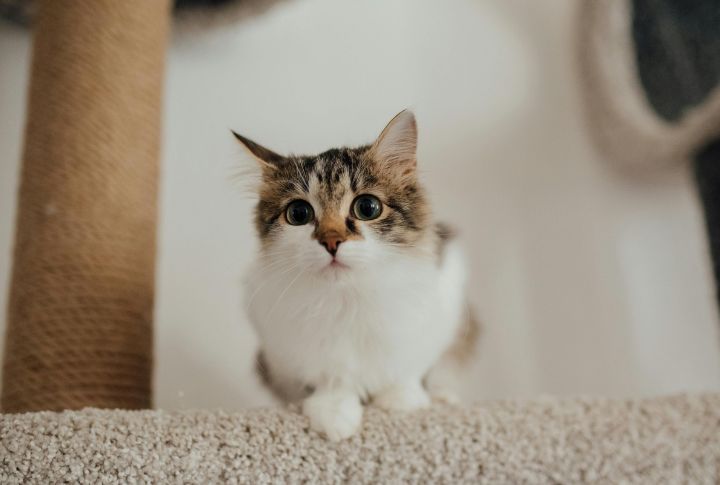
Have you ever wondered why your cat seems uneasy in its own home? Small design choices might be to blame. Sometimes, everyday decor can unknowingly disrupt your feline’s comfort. So, let’s uncover the hidden triggers and learn simple adjustments to create a safer, happier space for your whiskered companion.
Toxic Houseplants

Beautiful greenery like lilies, sago palms, or even common pothos may enhance decor but pose a serious threat to cats. Ingesting these plants can lead to severe health issues, including kidney failure, vomiting, and tremors. Replace these with pet-safe options like spider plants or bamboo palms.
Unstable Furniture
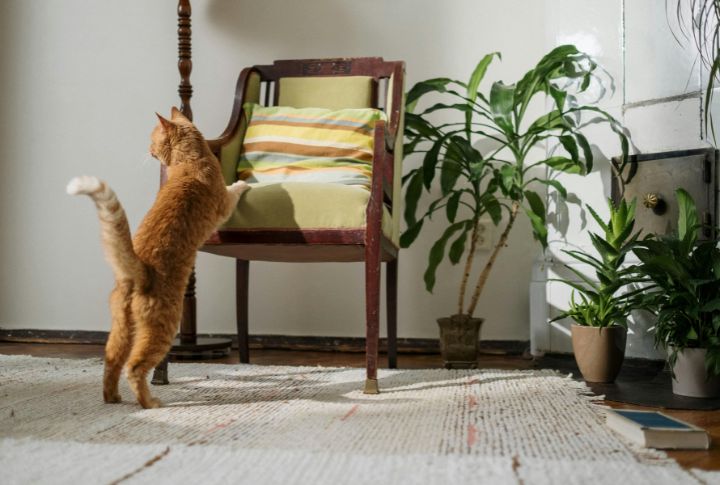
Wobbly tables or chairs create a risky adventure for cats. These unsteady items can fall or tip, scaring your cat or causing injury. Add anti-tip brackets or stabilize them with pads to make them cat-friendly. A sturdy setup not only protects your pet but also boosts their confidence.
Strong Scents and Air Fresheners

Cats’ noses are 14 times more sensitive than humans, making overpowering scents like air fresheners, essential oils, or scented candles distressing. Some fragrances, such as tea tree or eucalyptus, are even toxic to cats. Swap these for odor-neutralizing options like activated charcoal or baking soda.
Lack of Vertical Spaces
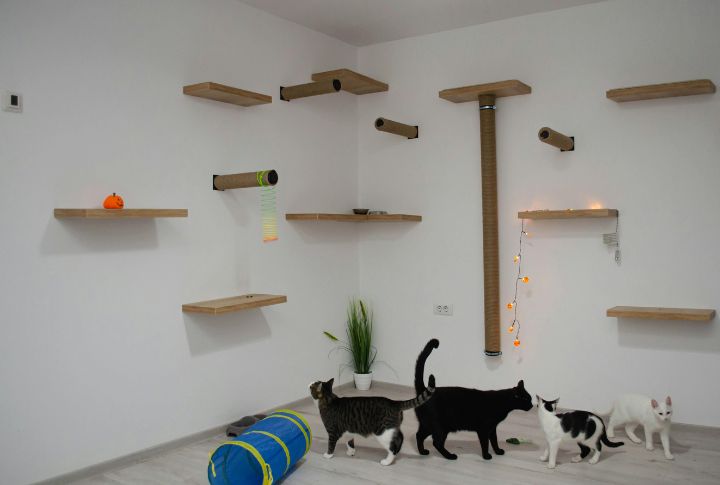
Felines are natural climbers and observers. Without high vantage points like shelves or cat trees, they may feel exposed or bored. Wall-mounted perches, multi-level towers, or window hammocks enrich their lives. Moreover, such additions mimic their instinctual habitat, offering fun and security in equal measure.
Noisy Appliances
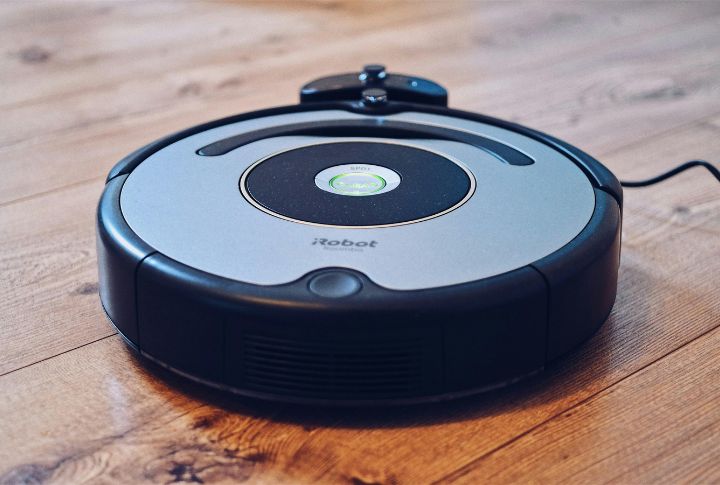
Appliances like blenders or vacuums can make your cat’s peaceful haven a source of anxiety. Keep such appliances in closed rooms when active or designate a safe, quiet zone for your pet. Usually, a calm atmosphere encourages trust and reduces unwanted behaviors.
Cluttered Pathways
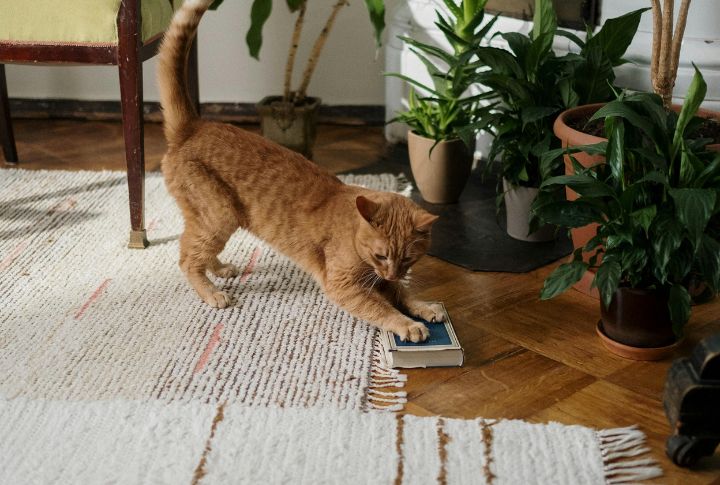
Cats love exploring their domain, but cluttered spaces can feel like a maze of obstacles. Items like shoes or piles of laundry disrupt their natural movements. Organizing items thoughtfully and clearing pathways ensures your cat’s freedom to roam without unnecessary stress or danger.
Inaccessible Litter Boxes
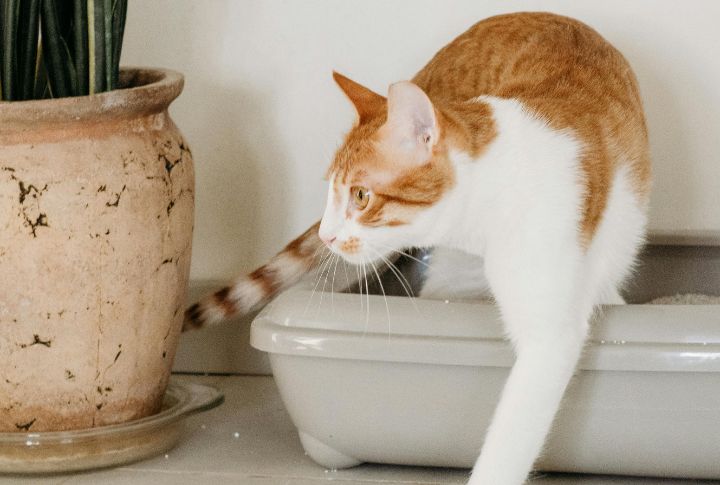
While cats enjoy their privacy, they can be quite choosy with their litter boxes. Setting them in noisy laundry rooms or near appliances might make them hesitant to use them. Choose low-traffic areas with enough space for easy entry and exit. Keep them clean and odor-free to promote consistent use and prevent behavioral issues.
Slippery Flooring

Polished tiles or hardwood floors can leave cats slipping and sliding, affecting their agility. Add rugs, textured mats, or carpet runners to key areas to improve traction. These small changes reduce accidents while allowing your pet to roam confidently and comfortably throughout your home.
Overly Bright Lighting
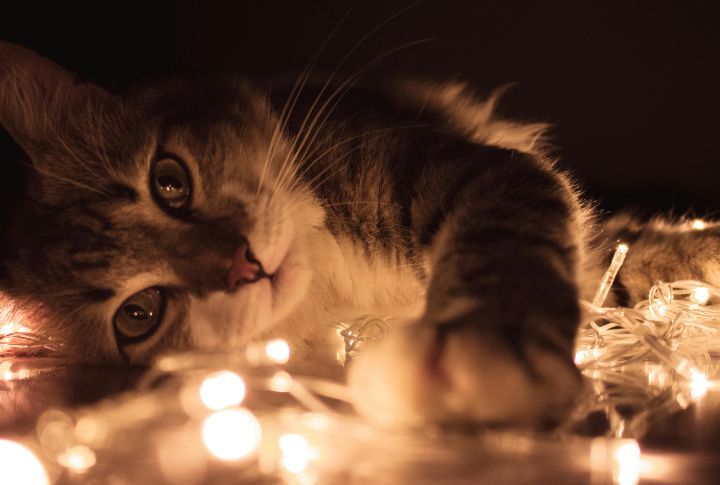
Bright lighting might work for humans but can overwhelm cats, who prefer dim, ambient environments. Bright, glaring bulbs disturb their crepuscular rhythm and make relaxation harder. Instead, use dimmable lights to create cozy spots for napping and support their natural activity cycles.
Absence of Scratching Posts
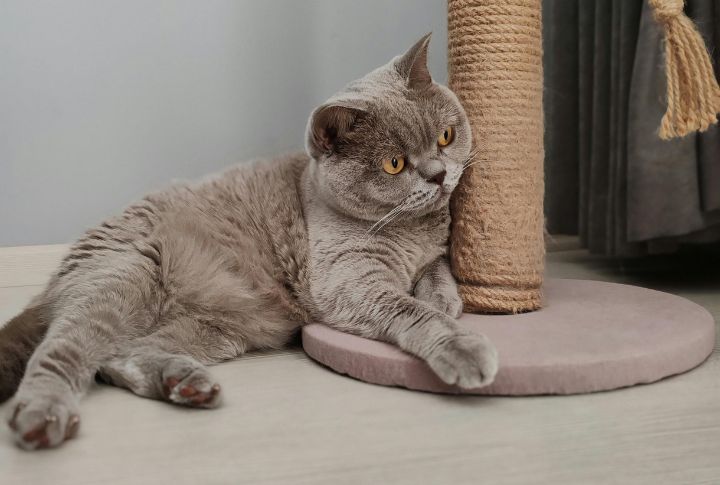
Scratching isn’t just fun for cats—it’s essential for claw maintenance. Without designated scratching areas, your furniture becomes the next best thing. Invest in sturdy posts with a variety of materials like sisal, wood, and carpet. Strategically place them near resting spots or play zones to encourage proper use while protecting your decor.
